Peripheries and Monuments
massa critica | beniamino servino
From time to time I receive an e-mail by Beniamino Servino, with a transcription of a series of fragments extracted from his diary. Servino’s texts are particular, definitively not of immediate access: short sentences that play with words and punctuation to express architectural thought in an aphoristic way. As obscure as it may sometimes seem, it is a writing code meticulously designed: each word has a precise meaning and is chosen carefully, while square brackets and suspension points allow for further reelaborations. Far from being definitive statements, and in spite of their assertive character, Servino’s sentences are unfinished speculations: an unremitting work in progress through which he explores architecture from a theoretical point of view – just like his drawings. One of the last trancriptions I received, several weeks ago, was dedicated to a theme that has been once more brought to the fore in the last months, thanks to the (important but questionable) work of Renzo Piano’s publicly sponsored research group G124: the periphery. These fragments, which I have experimentally translated in English and published in this post, insist on three recurrent themes of Servino’s speculation – identity, monumentality and archetypes: three deeply interrelated devices through which the Casertan architect aims at constructing a different (more democratic?) idea of city.
Davide Tommaso Ferrando
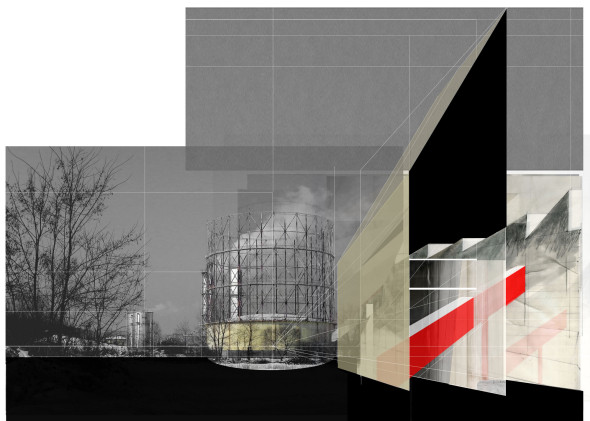
The city grows in its periphery. The bio-city is the peripherical one.
Monumental need in the growing city.
MONUMENTAL means RECOGNIZABLE.
Recognizing a place. Activating the thought of oneself as RECOGNIZER OF A PLACE through its [of the place]/one’s own [of oneself] memory.
Being in a place and not recognizing it causes disorientation.
…
Monument/Memory/Recognition/Care
versus [instead of]
Disorientation/No care/Carelessness.
…
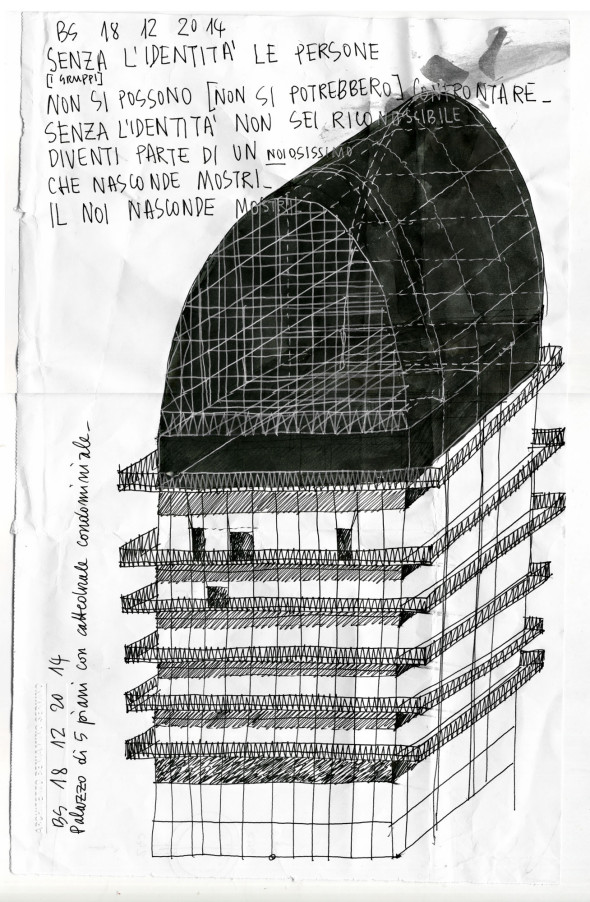
The monument is the product [the result] of the physical construction of Memory [of one’s own memory].
The monument-Memory belongs to who recognizes in the monument his/her own memory [or thinks he/she recognizes it].
If the monument is generated from the inside [of a group, of a place] the number of those who recognize it as theirs increases.
[Monuments that are imported, brought from the outside, are removed by the revolution. They are removed when there’s a revolution. Rejected organs]
What’s the dimension [the measure expressed in meters] of the memory of a group, of a place?
Small, Medium or Large?
It is useless to bring to the peripheries [to the growing city] the monuments of the city that doesn’t grow [of the city that transforms itself, maybe. What a beautiful slogan: Renovatio urbis!]
And, on the contrary, it is useless to bring back people from one part to the other [… what are we? packages???]
Proletarian Occupation of monuments and Gentrification are both traumatic steps.
…
The City that grows is a weak City [or liquid City, for par condicio]. The city that grows is a weak city because it is grounded and advances [goes forward] on the surface.
[Maybe the liquid City is a slimy City]
…
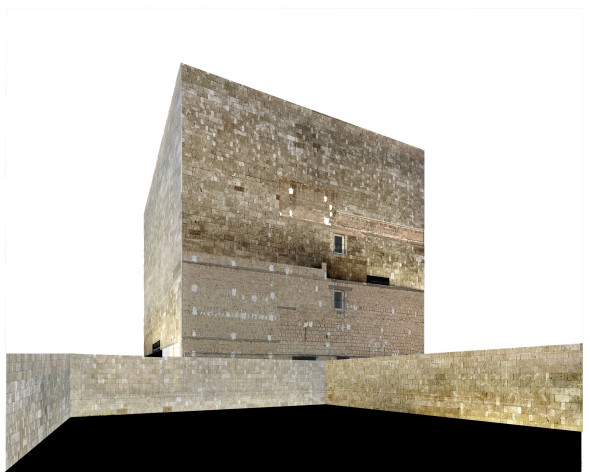
The monument is the tutor of the weak city.
The monument-tutor digs [searches] in depth. Memory lies underneath the surface, but that’s where it ends, eventually. Memory reaches the surface and remains there. The monument is recognized only when it reaches the surface. It is recognized because it can be seen. It is recognized because it is familiar.
Familiarity [recognition] belongs to the present time. The act of Recognition happens in the time of the Recognizer. Memory has to adapt the traces of depth to the present time, so that they can be recognized.
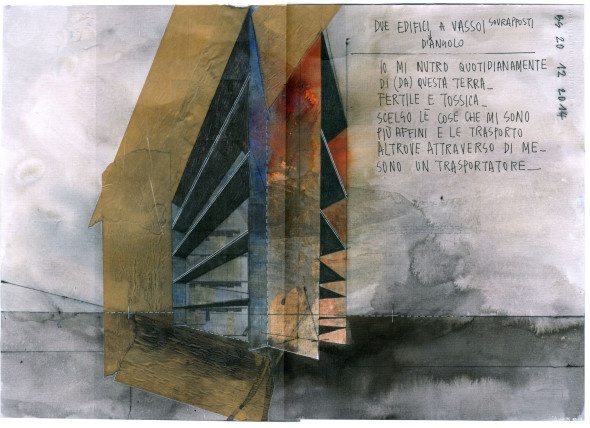
Memory is a continuous adapter of recollections.
The city that grows reiterates simplified pattern[s]. It grows by accumulating pattern[s]. Accomplished and determined models ready to compose in-completeness and in-determination.
The city that grows
[and by growing it makes real the etymological-generating question of the civitas. The city accomodates and in order to accomodate it grows]
grows by accumulation where it finds free space. The incomplete and undetermined city has no places that are recognizable, traceable, recoverable.
The self, instead, looks for a place that he/she recognizes, that he/she remembers, which he/she feels close to.
The [incomplete/undetermined] growth process scatters the city until its extreme rarefaction.
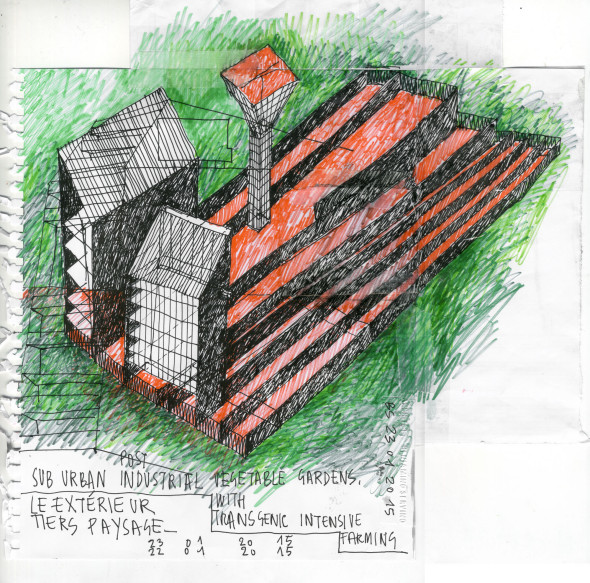
The monument is a detonator of recognizability. Recognizability is based on the dyad selectivity/exclusivity.
Therefore the monument seems to deny the etymological-generating question of the civitas that grows because it accomodates. The city that grows monumentalised would be destined (would destine itself) to a selective-exclusive use.
The monument generated from the inside becomes inclusive only if it is archetypical.
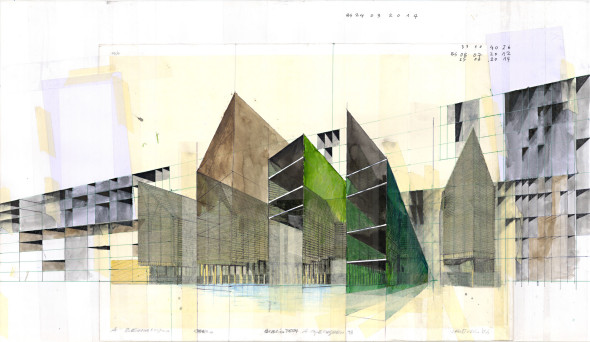
Towards an oxymoronic monument.
The bio-city that grows and accomodates [and renovates itself from the inside] holds together oxymoronic monuments.
Beniamino Servino
Related Posts
Questo sito usa Akismet per ridurre lo spam. Scopri come i tuoi dati vengono elaborati.

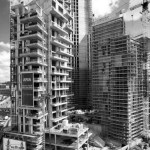


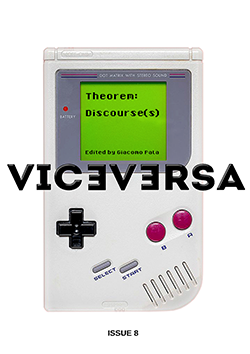


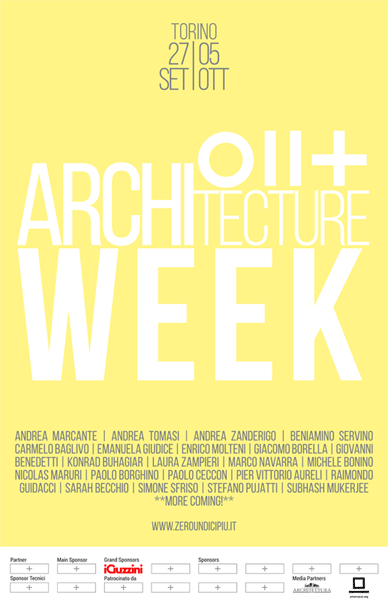
Lascia un commento